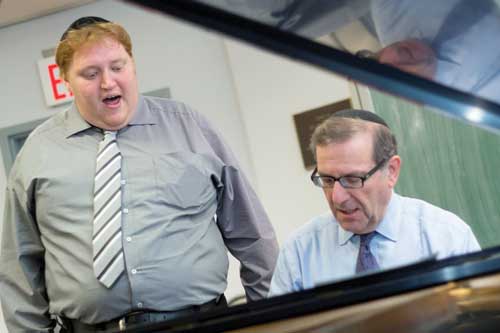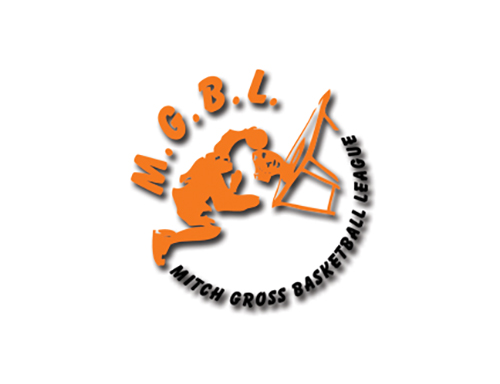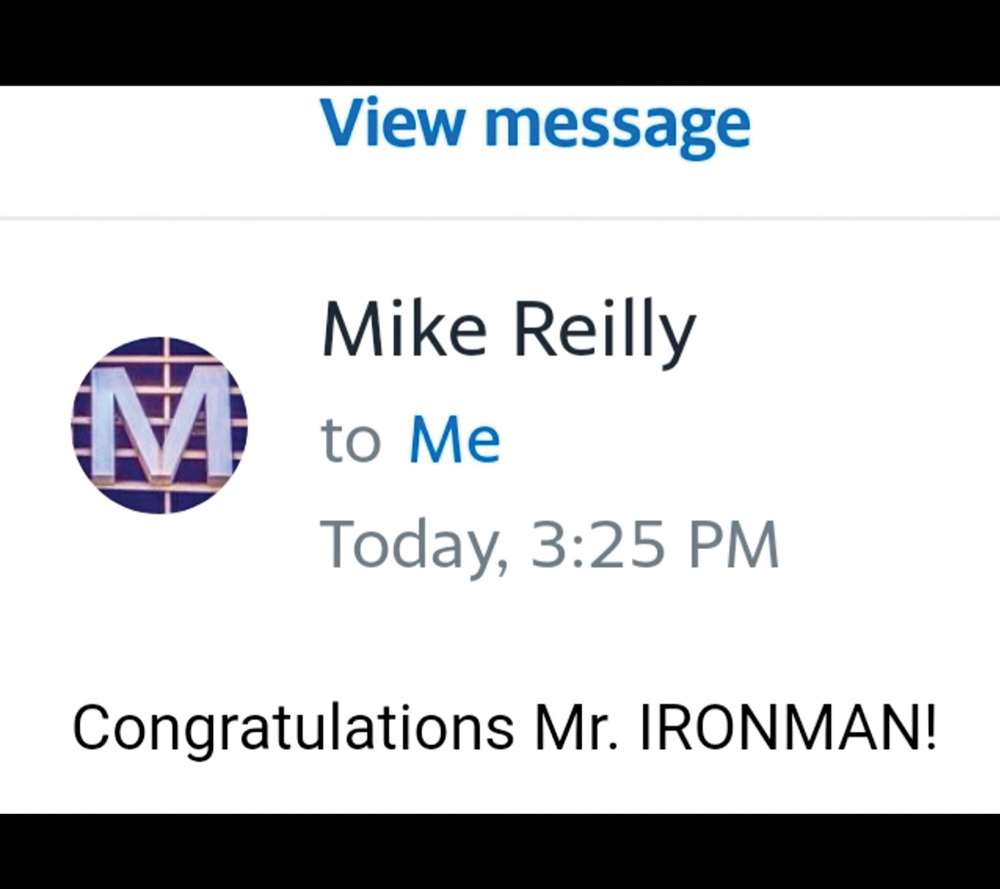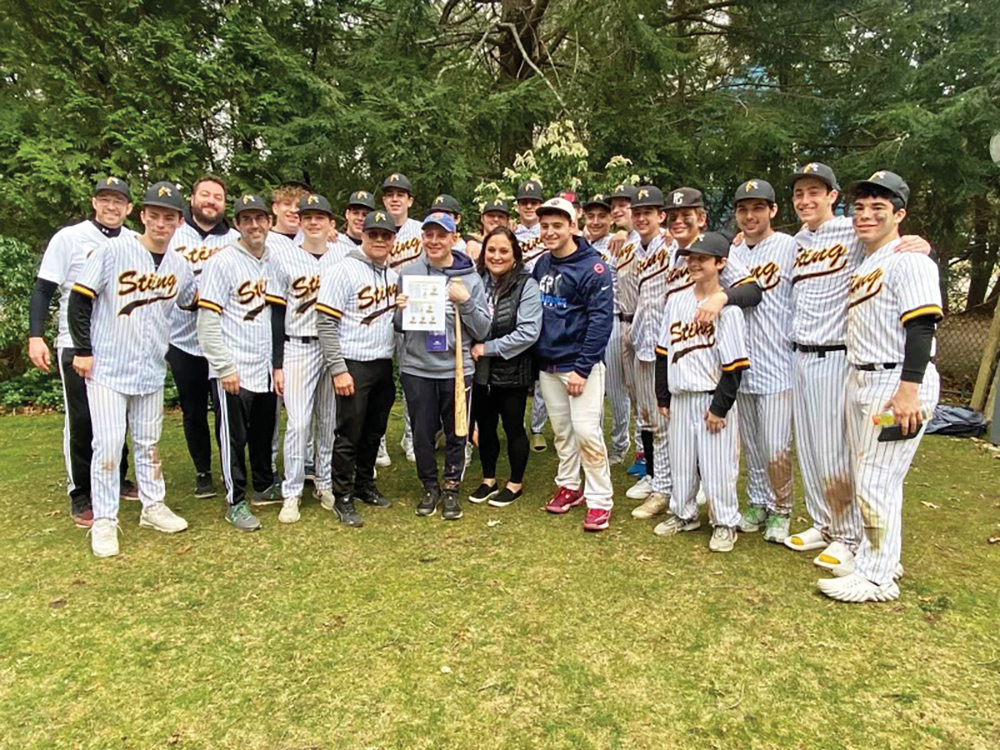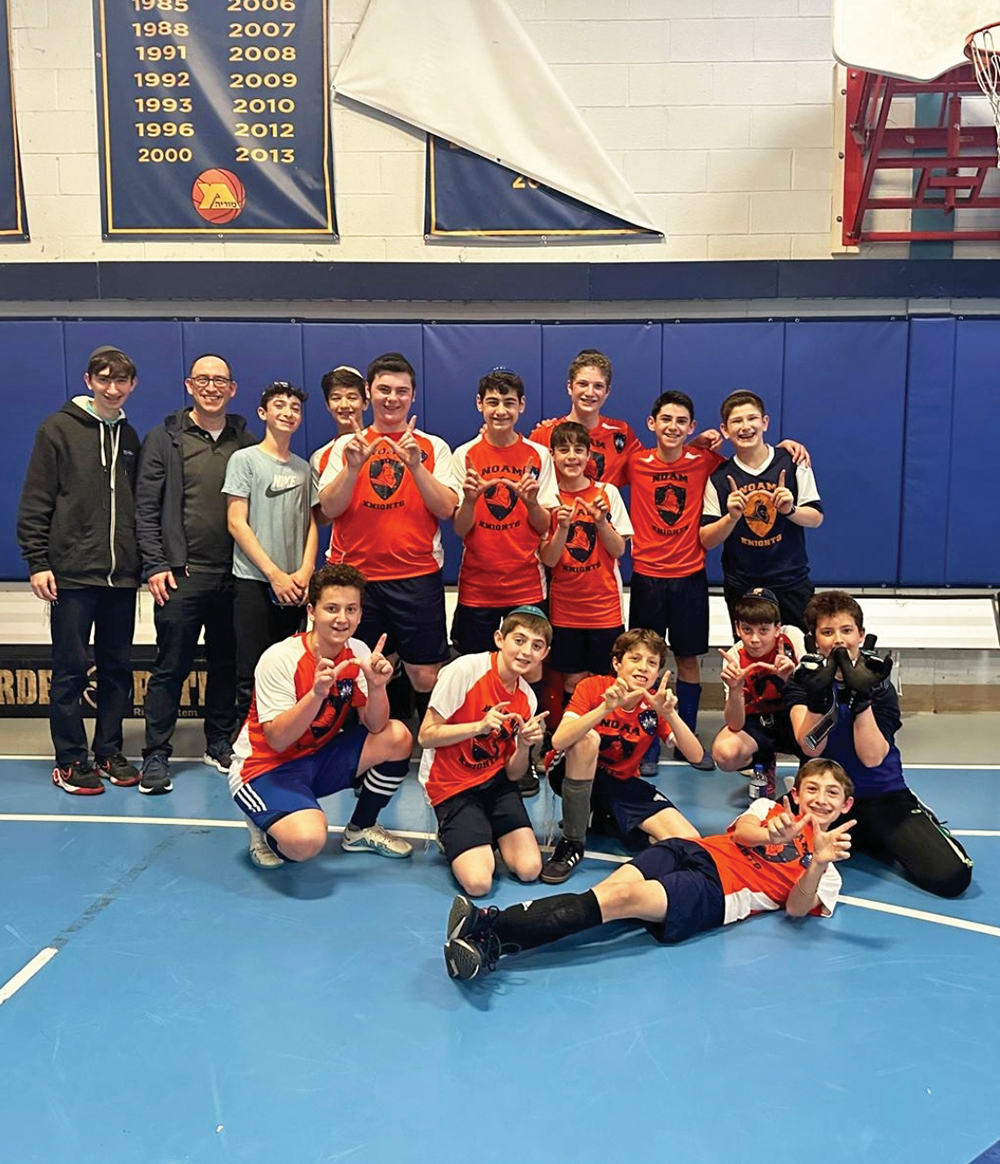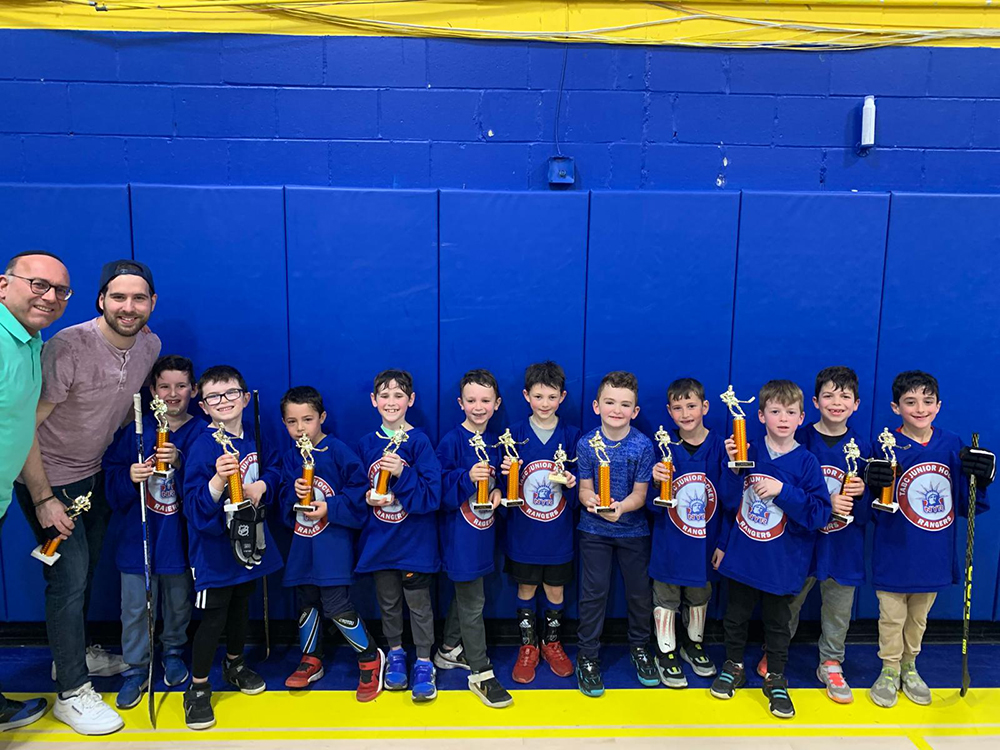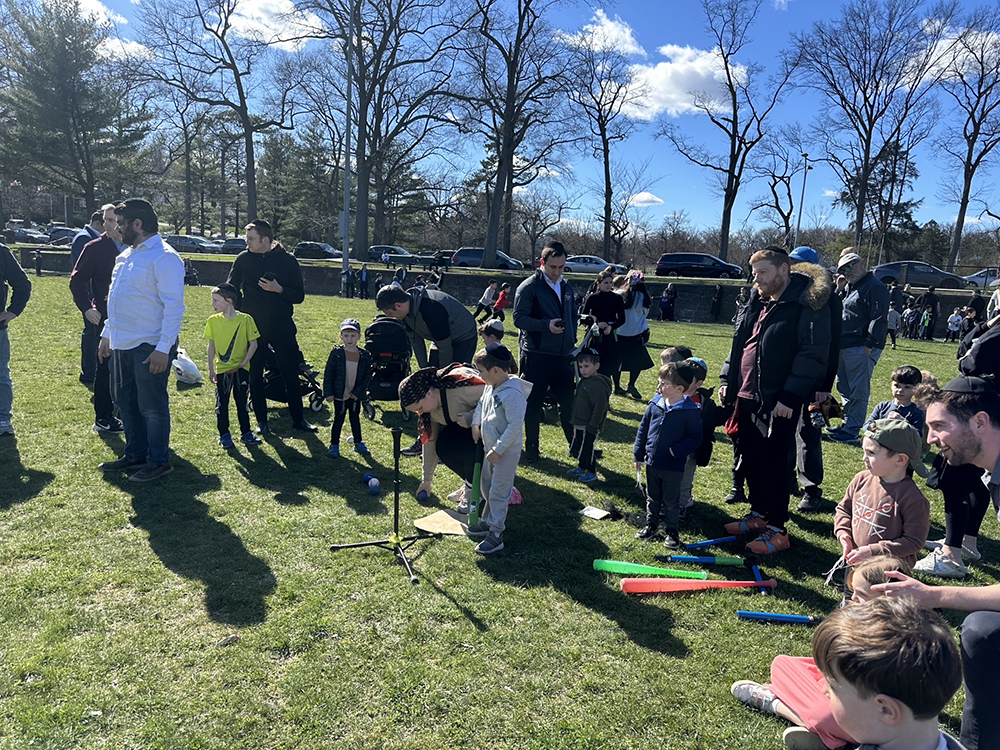.jpg)
.jpg)
New York City—Once a week for the past seven years, New York State Supreme Court Justice Martin Schulman has made the trip from his courthouse chambers in Jamaica, Queens to Yeshiva University’s Philip and Sarah Belz School of Jewish Music on YU’s Washington Heights Wilf Campus.
.jpg)
Joined in a classroom by students who run the gamut from undergraduates and aspiring rabbis to doctors, lawyers, security guards and bus drivers, Schulman studie snusach ha-tefillah and the theories, music and techniques of chazanut, a critical Jewish skill which is fast being forgotten. But it’s not just about singing. At its core, chazanut is about channeling the voice of a community.
That skill is the main emphasis at Belz, a division of YU-affiliated Rabbi Isaac Elchanan Theological Seminary.
Traditionally, cantors have played a central role in synagogue life, where their responsibilities often included much more than the soulful and resonant chanting of prayer services in accordance with communal custom for which they are usually known. In recent decades, however, their presence in shuls [synagogues] across the United States has become increasingly rare, often limited to conducting services at special times such as the High Holidays, as fewer and fewer communities have the resources to employ a cantor full-time. With this change, the art of chazanut, its history and its customs are at risk of being lost.
“Belz seeks to preserve Jewish musical tradition and counter the shortage of professionally educated cantors and ba’alei tefillah [prayer leaders] by providing courses in every aspect of Jewish prayer and music to prepare students to serve communities across the world,” said Cantor Bernard Beer, the school’s director since 1985. “Its holistic curriculum includes not only courses in nusach ha’tefilla and chazanut, but also in biblical cantillation, shofar blowing, choral and instrumental ensemble, congregational singing and group leading—all designed to give cantors a full appreciation for their role in their communities and all the skills they need to fulfill it.”
Over the last few years, however, cantors and rabbis in training have been joined at the Belz school by another kind of student—the layman, like Schulman, seeking to keep the cantorial tradition alive.
“In any classroom, we have students who take our courses because they want to go into the field, undergraduates or smicha [rabbinic ordination] students looking to round out their education, and also the baalebatim [laymen] who want to contribute to the shul davening,” said Beer. “They may come to us because they want to be able to daven properly before the amud [pulpit] for their parents’ yahrtzeits or even just to know a basic mincha, maariv, orshacharit. And they usually end up taking it very seriously.”
According to Beer, there’s a good reason even professionals not interested in a cantorial career are coming to Belz to get grounded in the basics: there’s no other place to learn it. “In the old days, people knew how to daven just by coming to the synagogue and listening to the baalei tefillah,” he said. “That generation has dwindled and gone. People don’t have that knowledge anymore.”
That’s one of the reasons Schulman began attending classes at Belz seven years ago. “A lot of people who learn in so much depth about everything else in Judaism don’t know basic nusach anymore,” he said. “But I believe tefillah has to be done in a specific way. The nusach that we’ve inherited conveys not only the spirit of the particular prayers but also of the day on which they’re said.”
Zachary Bienenfeld, a recent Yeshiva College graduate now working as a technology analyst at JP Morgan Chase, agreed. As a student, he began taking classes at Belzwith the goal of being able to better lead prayer services and so enjoyed them that he is continuing them this semester, post-graduation. He has also begun leading Yomim Noraim services in the Fleetwood Synagogue in Mount Vernon, NY, where he follows the Belz nusach to the note. “The nusach replicates the European style of davening and hearing it takes you back to the roots of your Jewish identity in Europe,” he said. “Belz is the only school in America that teaches the musical component which most people really don’t know about.”
According to Cantor Beer, though, the cantor’s task has changed over the last century: “The responsibility now is also to inspire the people, to get them to sing along.” He believes that trend began 40-50 years ago, when individual participation became more important to communities. Before that, many shuls had choirs that sang along instead.
Rabbi David Schwezoff, a native of Budapest, Hungary, takes the responsibility to move others with his davening especially seriously. “Even during my high school years I was asked to daven before the amud quite frequently, since not many people in my community knew how to do it,” he said. “But when I do something, I want to do it my best.”
Now a full-time cantor in one of the largest communities in Budapest, Schwezoff initially came to the United States to study at Yeshiva Shaarei Torah in Rockland County, NY, but he was also searching for a place to learn nusach and real cantorial techniques to take back to his shul in Hungary. When he discovered Belz, he was ecstatic. “At Belz, they impress upon you what it means to be a shaliach tzibur [prayer service leader], how someone in that role must feel and behave, understanding the meaning and background of the prayer, not just how to sing it.”
“Instead of just using the general nusach, I’m able to incorporate certain things from my Belz classes to make the davening meaningful,” Schulman agreed. In his case, that meant adapting a special niggun passed on from Distinguished Professor of Liturgical Music Cantor Joseph Malovaney’s own teacher, Shlomo Ravitch, to daven Shabbat Mussaf for his mother’s yahrtzeit each year. He also enjoys the diversity of his fellow classmates: “I may be a judge and 65 years old, but the camaraderie in the class, the mix of professionals like me and the college-age students who are there, really brings me back to my own college experience.”
At the end of the day, however, they’re all there for the same reason.
“When people walk into a synagogue they expect to hear a certain sound, and that sound is an aura that envelopes them in a particular holiday, event or prayer,” said Cantor Sherwood Goffin, outreach coordinator at Belz. “Our job here is to uphold the musical heritage of our synagogue and our people.”
By Matt Yaniv


